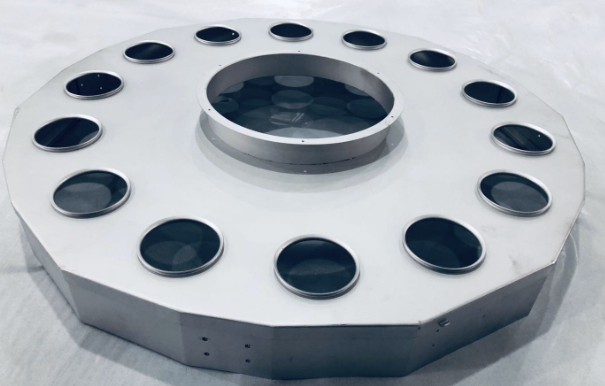Sheet metal fabrication is a crucial process in modern manufacturing, offering a wide range of benefits and advantages. From its durability to customization options, sheet metal plays a vital role in various industries. In this article, we will explore the basics of sheet metal fabrication, its advantages, applications, innovations, challenges, and future trends.
Sheet metal fabrication involves shaping and molding thin metal sheets into a variety of products through cutting, bending, and assembling. Different types of sheet metals, such as aluminum, stainless steel, and copper, are used in fabrication based on the specific requirements of the project. To carry out sheet metal fabrication, specialized tools and equipment like shears, press brakes, and welding machines are essential.
One of the key advantages of sheet metal fabrication is the durability and strength of the final products. Sheet metal products are known for their resilience and ability to withstand harsh environmental conditions. In addition, sheet metal fabrication is cost-effective compared to other materials like plastic or wood, making it a popular choice for manufacturers. Furthermore, sheet metal offers versatility in design and customization options, allowing for complex shapes and structures to be created with ease.
The automotive industry extensively uses sheet metal in car manufacturing, as it offers strength and lightweight properties essential for vehicles. In the construction industry, sheet metal is preferred for building projects due to its stability and corrosion resistance. The aerospace industry has also embraced sheet metal fabrication to revolutionize aircraft production, creating efficient and aerodynamic components for aircraft.
Laser cutting technology has transformed sheet metal fabrication by providing precision and accuracy in cutting metal sheets. This technology allows for intricate designs and shapes to be achieved with minimal waste. 3D printing is another innovation revolutionizing sheet metal fabrication, offering rapid prototyping and custom part production. Sustainable practices in sheet metal fabrication, such as recycling scrap metal and using eco-friendly materials, are also gaining traction in the industry.
Common challenges faced in sheet metal fabrication processes include material distortion, tool wear, and quality control issues. To overcome these challenges and improve efficiency, strategies like optimizing cutting parameters, regular maintenance of equipment, and implementing quality control measures are essential. Quality control is paramount in sheet metal fabrication to ensure the final products meet industry standards and customer expectations.
Several companies have successfully implemented sheet metal fabrication to improve their manufacturing processes. Real-world examples showcase how sheet metal fabrication has enhanced product quality, reduced production costs, and increased efficiency. Lessons learned from these case studies emphasize the importance of precision, innovation, and quality control in sheet metal fabrication.
The future of sheet metal fabrication is shaped by industry advancements like automation, robotics, and artificial intelligence. Emerging technologies such as augmented reality and virtual reality are being integrated into sheet metal fabrication processes to enhance efficiency and accuracy. Predictions for the future of sheet metal fabrication point towards a more sustainable and eco-friendly approach, with a focus on minimizing waste and energy consumption.
In conclusion, sheet metal fabrication offers numerous benefits and advantages for modern manufacturing processes. From its durability and cost-effectiveness to its versatility and customization options, sheet metal plays a vital role in various industries. As technology continues to evolve, the future of sheet metal fabrication looks promising with advancements in precision, sustainability, and efficiency. Businesses are encouraged to explore the advantages of sheet metal fabrication to stay competitive in the ever-changing manufacturing landscape.
